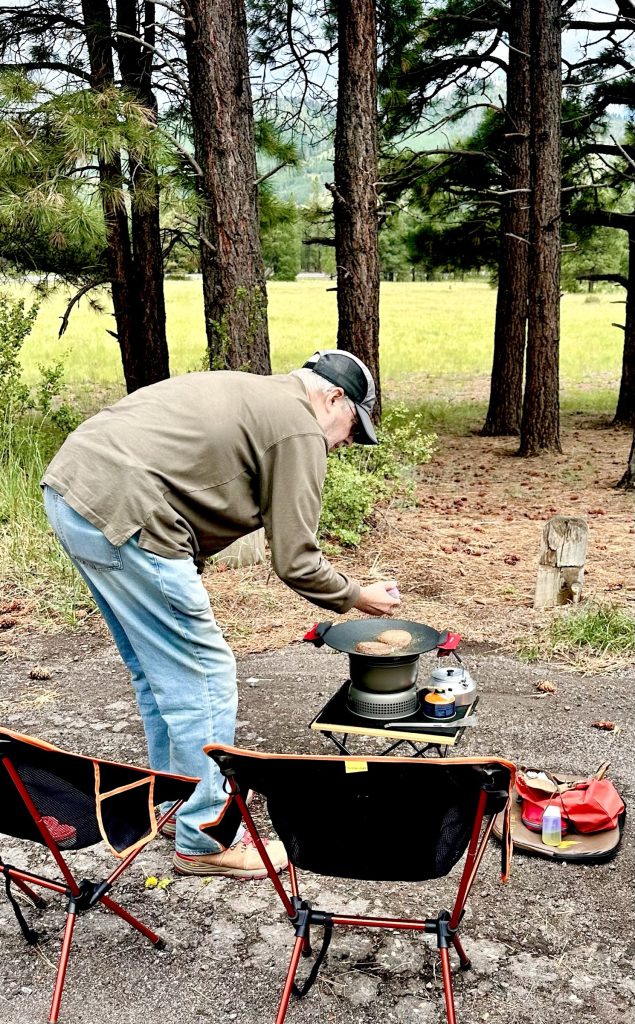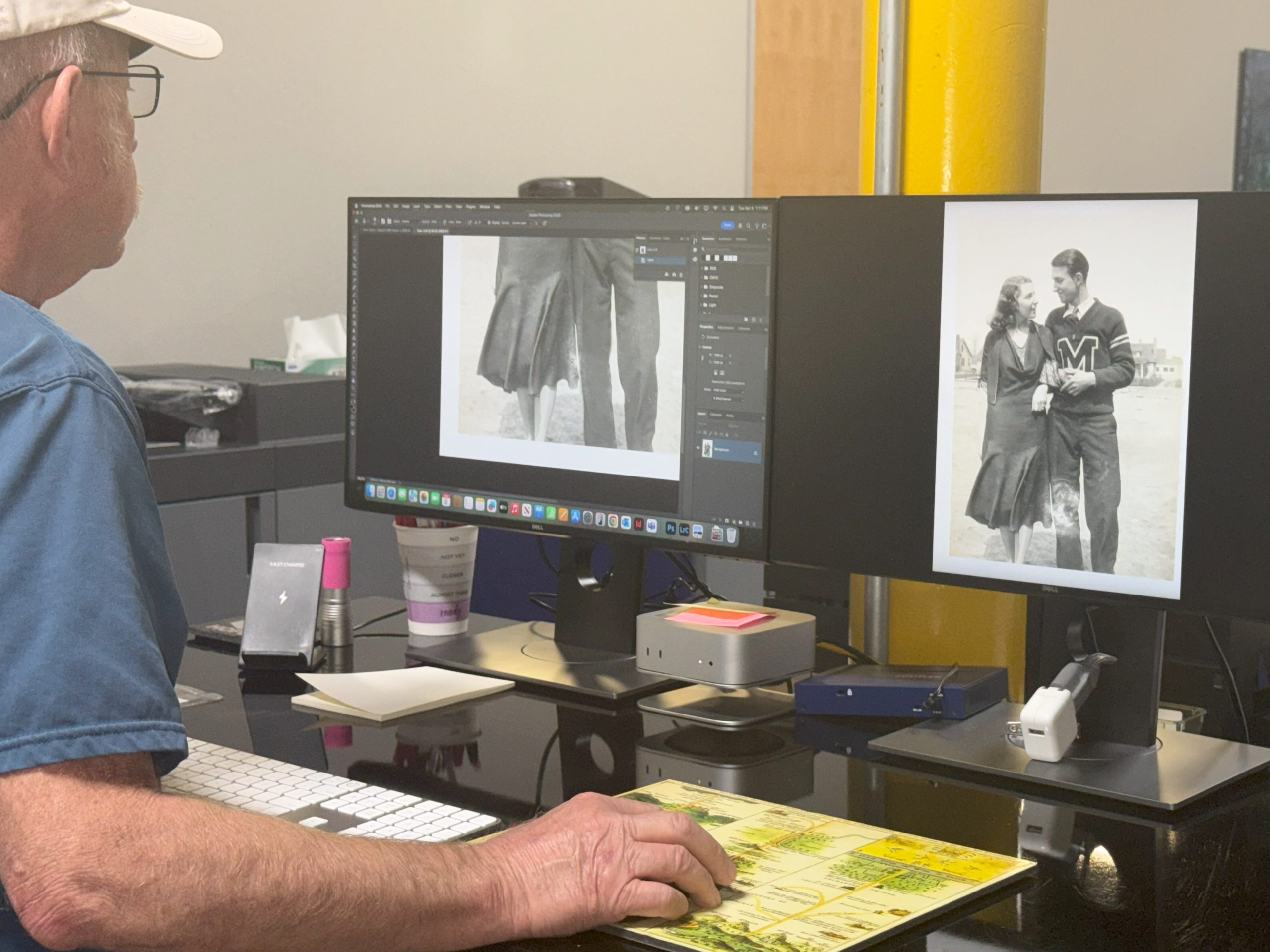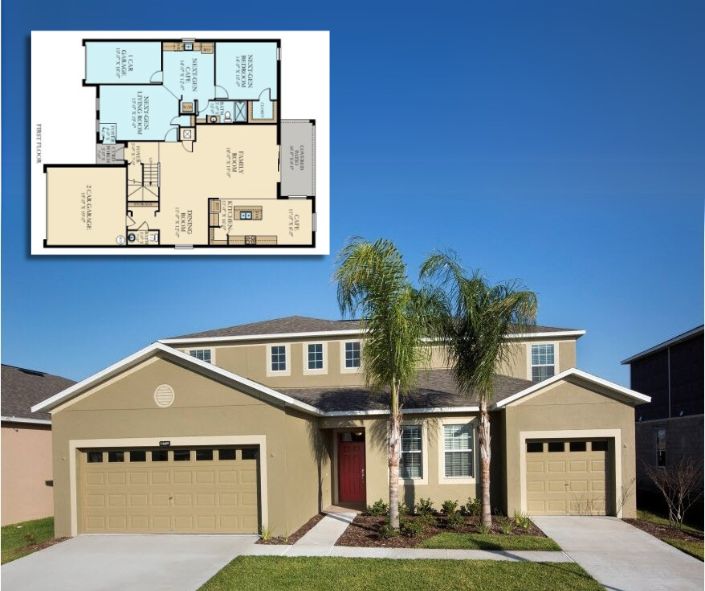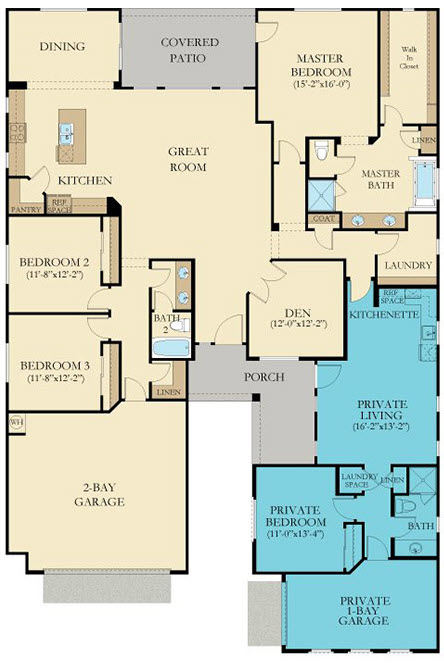
In today’s world of ever-increasing automation, the role of the craftsman may no longer occupy the center stage it once did—say, during the Renaissance—but the need for skilled craft has never gone away. Whether it’s clothing, jewelry, furniture, or homebuilding, there is still something deeply human—and deeply valuable—about a well-built item. A custom home, for example, with thoughtful design elements and finishes shaped to a buyer’s personality, has a presence and soul you can’t replicate with mass production.
My dad was one of those rare craftsmen. He started a one-man remodeling business at the age of 40. While technically his own company, he served just three clients—two prominent Phoenix attorneys and Rex Maughn, the founder of Forever Living Products. Rex owned properties like Mormon Lake Lodge in Flagstaff and Southfork Ranch in Dallas—yes, that Southfork Ranch. These clients didn’t shop around. They didn’t ask for quotes. They trusted my dad implicitly and paid him hourly, not because it was cheaper, but because they knew he’d deliver something unique, beautiful, and lasting. I’ll never forget the time he was asked to saw down the legs of a $10,000 antique table just to make it fit below a window with a view. That level of trust only comes from knowing the person doing the work is a true master of their craft.
Technology and Craftsmanship – A Winning Pair
Here at Outhouse, we still believe in that kind of craftsmanship. Much of our work is technology-driven, but it takes more than software to create the kind of visual clarity, consistency, and brand integrity our clients expect. It takes a trained eye, experience, and people who genuinely care about what they’re making.

A Print Department Founded by Craftsmen
Over thirty years ago, the Outhouse print department was founded by three such people: Bill Gelbaugh, Dorian Boese, and Doug Ills. What they built together wasn’t just a production team—it was a workshop, grounded in artistry, precision, and pride in the finished product. Bill brings a meticulous sensibility to everything he touches, from client branding to color theory to campsite organization. He takes camp cooking next level, creating sumptuous, vibrantly colored vegan meals prepared with bespoke cookware . Doug, a lifelong graphic artist, is also an avid photo restorer who brings old memories back to life with an almost reverent attention to detail. And Dory—well, Dory is a man who appreciates nuance. As a devoted bourbon aficionado, he shares weekly tastings with friends, each pour accompanied by storytelling and quiet discernment. These aren’t just hobbies: they’re reflections of character. Together, the three of them infused Outhouse’s print department with the integrity and intentionality that still defines our work today.

We Elevate Builder Brands
That same care is evident in how we treat your brand’s visual details. Bill, for instance, often catches inconsistencies in logos or brand colors that others miss. He’s been known to zoom in pixel by pixel to ensure a logo prints cleanly on a brochure or displays clearly on a touchscreen. It’s the kind of attention that doesn’t just protect a brand—it elevates it.

Brand Consistency Is Paramount
And that brings us to a critical point. Brand consistency matters. You may recall a time, a couple of decades ago, when fast-food chains raced to trademark color combinations. Red may dominate the landscape, but it’s the specific hues, pairings, and logo integrations that make each instantly recognizable. Homebuilders are no different. Your brand guidelines: the way your colors appear online, in print, and in your sales environment are essential to how buyers experience your brand. That’s why you need partners who not only understand that but obsess over it.
At Outhouse, our team of visual professionals ensures that your interactive floor plans, site plans, and renderings reflect your brand precisely as designed. Colors are accurate across platforms: website, brochures, signage, and more. Each run of printed material is consistent. Every rendering and virtual tour carry your identity forward with integrity and impact.

Proudly Made In the USA
We take pride in that all our digital marketing tools: interactive maps, renderings, virtual tours, kiosks, visualizers, as well as our print collateral and sales center signage are produced by our team right here in the USA. Our home office in Phoenix, AZ houses the print facility that started it all.











